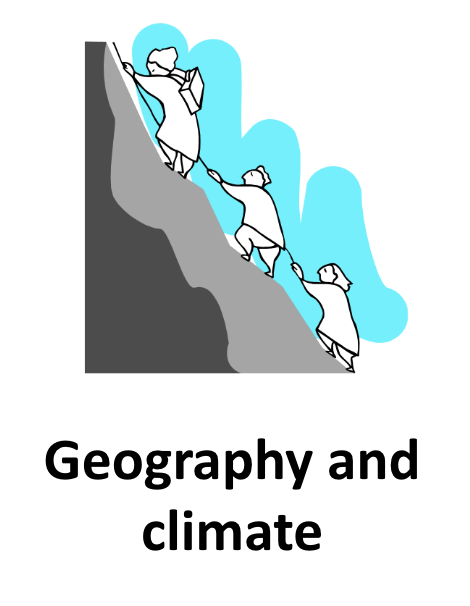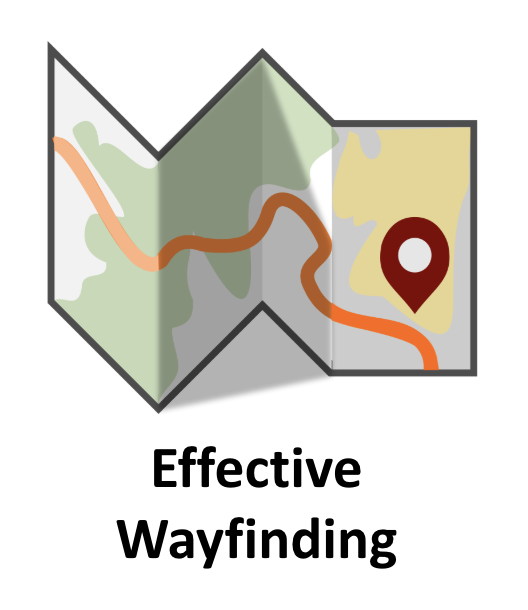Cornell Energy Conservation
The challenge was to redesign the Cornell campus mobility system so as to set a new standard of sustainability for university campuses in the U.S.

Understanding the Stakeholders
The team separated the stakeholders into four categories – Faculty, students, campus employees, and visitors. Multiple stakeholders were individually interview to identify the stakeholder’s positions and interests.
Our Partners
Cornell University Campus Transportation
Ithaca Transportation
TCAT – local bus system

Empathy Fieldwork
Through surveys and interviews, each team broke out various quotes or lines from the stakeholders, which could be first categorized then quantified and categorized

This category was defined as the number 1 focus area that the majority of the stakeholders desired

The time of year and the general location of the stakeholder was the second factor

The third focus area revolved around helping the stakeholder get from A to B as quick as possible.
Ideation
Using the stakeholder’s quantified interests, we broke out several different ideas that would address the focus areas discussed above.

Campus Shutdown
At Cornell, there is a main road that runs directly through campus where pedstrain and automotive traffic are constantly at odds. In this recommendation, we wanted to reduce automotive traffic on this road by adding a toll. Based on initial models, it would decrease localized emmisions by 5% by rerouting traffic to higher capacity throughput routes.
Pathfinding
Cornell’s campus has plenty of spectacular views of Ithaca, NY and nature. In this recommendation, we wanted to highlight these areas, while informing local students what routes are accessible specifically during the winter months. Pedistrian data would then be inputted into the system to provide the maintenance crews with relevant data to focus their winter clean up efforts.
Bus Tracking
In this recommendation, we designed a system for the local bus group, Thompkins Consolidated Area Transit or TCAT, to effectively utilize pathfinding and location tracking on the bus to improve their customer’s experience. The system that would track the bus’ position in an mobile application and on the bus to inform the customer of the route and how many stops left on their own personal journey.